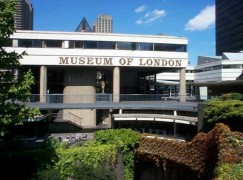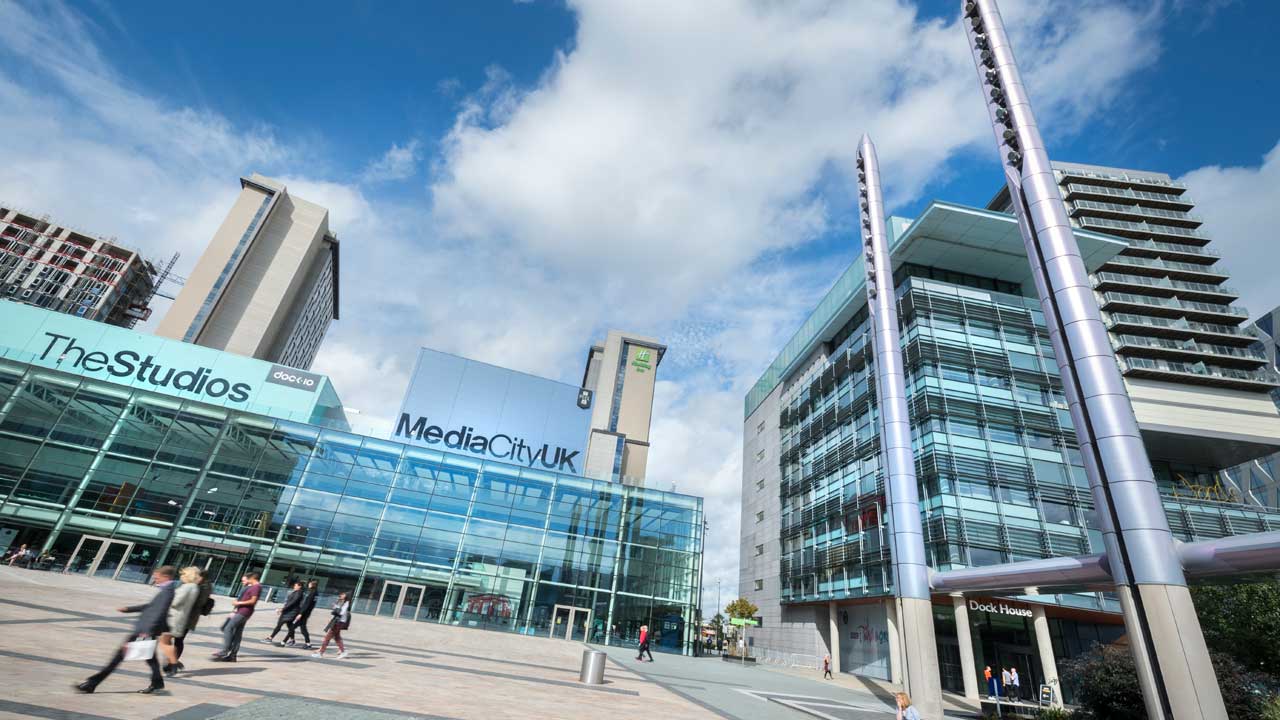Just in: Architects are named for London’s new concert hall (that may never rise)
mainThe New York firm of Diller Scofidio + Renfro has been picked from a shortlist of six to design a concert hall for Sir Simon Rattle and the London Symphony Orchestra on the former Museum of London site.
Where’s the next half-billion coming from?
More here.






Comments